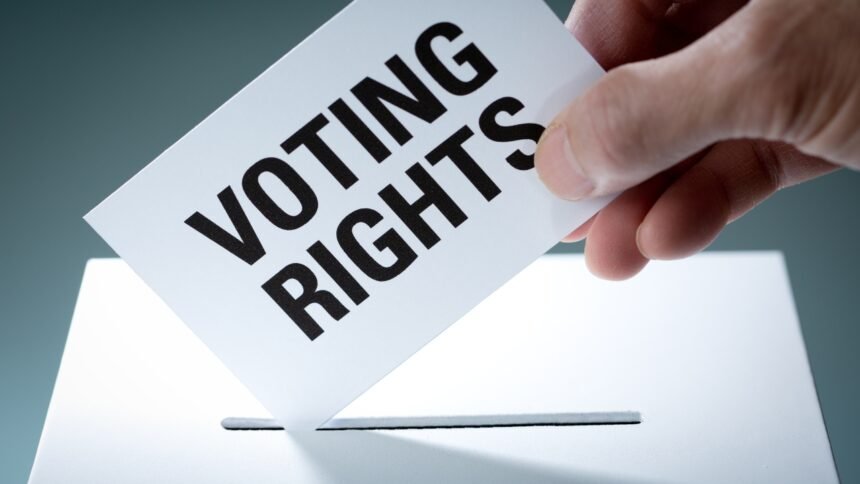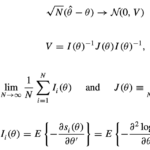Have you ever felt like your vote is just a drop in the ocean, a tiny ripple that barely registers in the grand scheme of political outcomes? Maybe you’ve reluctantly voted for the “lesser of two evils,” feeling your true preferences were never truly represented. The concept of rational choice voting offers a framework for understanding and potentially improving this very dilemma. It dives deep into the motivations and strategies behind voter decisions, suggesting that voters, even with limited information, are often making calculated choices to maximize their own perceived utility. Is it a realistic model of voter behavior? Or an oversimplification of the complex human psyche? Let’s unravel the complexities of rational choice voting and explore its potential implications for democratic processes.
What is Rational Choice Theory and How Does it Apply to Voting?
At its core, rational choice theory posits that individuals act in a way that maximizes their personal benefit or “utility.” This doesn’t necessarily mean that people are selfish or greedy, but rather that they make decisions based on a conscious or subconscious assessment of the costs and benefits associated with each option.
When applied to voting, rational choice voting suggests that voters weigh the expected benefits of different candidates or policies against the costs of voting, such as the time and effort involved in gathering information and going to the polls. Essentially, voters are trying to determine which candidate or outcome will provide them with the greatest overall benefit, considering factors like their policy preferences, economic interests, and even their social identities.
However, there are several key assumptions that underpin this model. First, it assumes that voters have well-defined preferences and can rank them in a consistent manner. Second, it assumes that voters are able to accurately assess the likelihood of each candidate winning and the potential impact of their policies. Third, and perhaps most controversially, it assumes that voters act rationally in pursuit of their self-interest.
For example, a Reddit user on r/PoliticalScience suggested that “Rational Choice Theory is helpful in studying the behavior of parties in a democratic setting.” This highlights one area where the theory proves useful; understanding how parties strategize to appeal to voters and maximize their chances of winning.
The Calculus of Voting: Why People (Don’t) Vote
One of the central puzzles in political science is why people vote at all. From a purely rational perspective, the act of voting seems illogical. The probability of a single vote being decisive in a large election is infinitesimally small. The costs of voting, in terms of time and effort, often outweigh the expected benefit. This is often referred to as the “paradox of voting.”
Anthony Downs, in his seminal work “An Economic Theory of Democracy,” proposed a model for understanding this calculus. He argued that voters weigh the expected benefit of their vote, which is the probability of their vote changing the outcome multiplied by the benefit of that outcome, against the costs of voting.
The equation looks something like this: R = PB – C + D
Where:
- R = Reward from voting
- P = Probability of vote being decisive
- B = Benefit of one candidate winning over another
- C = Costs of voting
- D = Citizen Duty, intrinsic rewards
Since P is extremely small in most elections, the expected benefit (PB) is also very small. Therefore, Downs argued that voters must derive some additional benefit from voting, such as a sense of civic duty or personal satisfaction (D), to justify the act of voting.
Furthermore, the cost of information also plays a role. Downs introduced the concept of “rational ignorance,” arguing that it is often rational for voters to remain uninformed about political issues. Gathering information is costly, and the expected benefit of being informed, in terms of influencing the election outcome, is often small. As a result, voters may rely on shortcuts, such as party identification or endorsements, to make their decisions.
Beyond Self-Interest: Expanding the Rational Choice Model
While the traditional rational choice model focuses on individual self-interest, it has been expanded to incorporate other factors that influence voter behavior.
One important extension is the inclusion of social preferences. Voters may care not only about their own well-being but also about the well-being of others, such as their family, community, or society as a whole. This can lead them to support policies that benefit others, even if they do not directly benefit themselves.
Another important consideration is the role of emotions. Voters are not always cold, calculating machines. Their emotions, such as anger, fear, or hope, can significantly influence their decisions. For example, a voter who is angry about a particular policy may be more likely to vote against the incumbent, even if they would otherwise benefit from their policies.
Cognitive biases also play a significant role. Voters are not always rational thinkers. They are prone to cognitive biases, such as confirmation bias (seeking out information that confirms their existing beliefs) and framing effects (being influenced by how information is presented). These biases can lead voters to make suboptimal decisions, even if they are trying to act rationally.
“Humans are rarely fully rational, and in political decisions, emotions and biases often play a significant role,” notes Professor Jane Mansbridge, a renowned political theorist at Harvard University. This statement acknowledges the limitations of purely rational models in capturing the complexity of voter behavior.
Criticisms of Rational Choice Voting
Despite its widespread use in political science, rational choice voting has faced several criticisms.
One major critique is that it oversimplifies human behavior. Critics argue that voters are not always rational, self-interested actors. They are often influenced by emotions, social norms, and other factors that are not easily captured by the rational choice model.
Another criticism is that it ignores the role of context. Voters’ decisions are often shaped by the specific political, economic, and social context in which they are made. The rational choice model often fails to account for these contextual factors.
A further point of contention is the assumption of perfect information. The model assumes voters have access to perfect information and can accurately assess the consequences of their choices. However, in reality, voters often have limited information and are subject to uncertainty.
Alternative Voting Systems and Rational Voter Behavior
Understanding rational choice voting can help us evaluate and design alternative voting systems. For example, ranked-choice voting (RCV), also known as instant runoff voting, allows voters to rank candidates in order of preference. Proponents argue that RCV encourages more strategic voting, as voters can vote for their preferred candidate without fear of “wasting” their vote.
Under RCV, if a voter’s first choice candidate is eliminated, their vote is automatically transferred to their second choice, and so on until a candidate reaches a majority. This system can lead to more moderate outcomes, as candidates are incentivized to appeal to a broader range of voters.
Other alternative voting systems, such as approval voting (where voters can vote for as many candidates as they approve of) and proportional representation (where seats in the legislature are allocated proportionally to the votes received by each party), also have different implications for voter behavior.
For instance, a Reddit user on r/Ask_Politics remarked, “I like the idea of Ranked Choice Voting because it allows people to vote for who they really want without fear of aiding a candidate they intensely dislike.” This highlights how alternative voting systems can potentially address concerns about wasted votes and strategic voting.
The Future of Rational Choice Models in Political Science
Despite its limitations, the rational choice model remains a valuable tool for understanding voter behavior. However, it is important to recognize its limitations and to complement it with other approaches, such as behavioral economics and social psychology.
Future research should focus on developing more nuanced and realistic models of voter behavior that incorporate the role of emotions, social norms, and cognitive biases. It should also explore the impact of different voting systems on voter behavior and election outcomes.
Ultimately, a better understanding of voter behavior can help us design more effective and representative democratic institutions.
Conclusion: Reconciling Rationality and Reality in the Voting Booth
The concept of rational choice voting offers a powerful, yet admittedly imperfect, lens through which to view the complexities of voter behavior. While it might not fully capture the emotional, social, and contextual factors that influence our choices at the ballot box, it provides a valuable framework for understanding how voters weigh costs and benefits, evaluate candidates, and ultimately make decisions that they believe will best serve their interests.
As we’ve explored, even the seemingly simple act of voting is laden with intricate calculations, often influenced by incomplete information, cognitive biases, and a host of other factors. Moving forward, a deeper understanding of rational choice voting, coupled with insights from behavioral economics and other disciplines, can help us design more effective and representative democratic systems, ensuring that the voices of all citizens are heard and that elections truly reflect the will of the people. The key is to acknowledge the limitations of purely rational models and strive for a more holistic understanding of what drives us as voters.
From Sports Fan to Media Mogul: Unveiling Ross Travis’ Net Worth and Success Secrets!






